Early 2017 we took some new cellular boosters out on the road to collect field readings.
The cellular boosters tested:
- weBoost Drive 4G-X - our tried and true standard, based on two previous rounds of signal testing. We'll be testing it both with the 4" Mag Mount and 4G-OTR antennas.
- Maximum Signal Max-Amp Mobile - we only got two locations tested with the 3rd replacement unit Maximum Signal sent us after several unsuccessful tests. We'll be giving it a last shot of living up to its claims.
- Smoothtalker Mobile X6 - Released in early January 2017 we'll be testing this new 5-band booster.
- HiBoost Travel 4G - We'll also be testing this newer mobile booster to the market.
We'll also tested some antenna only MIMO signal enhancing with these past top performing antennas:
- weBoost 4" Mini MagMount "Stubby" (301126) - Default antenna bundled with the Drive 4G-X booster. For antenna only testing, we use two of these for a MIMO configuration - plugging one into each antenna port of the mobile hotspot.
- MobileMark 4-In-1- A high-end low-profile MIMO antenna provided by 3GStore
In this round of testing, we also compared the brand new Verizon Novatel 7730L mobile hotspot against its predecessors the AC791L, 6620L and MHS291L.
For guides to boosters & antennas:
Understanding & Optimizing your Cellular Data Performance (new member exclusive guide, based in part on the results of this testing round.)
Understanding MIMO (Multiple Input, Multiple Output) – LTE Speed & Cell Booster Implications
Our testing procedures:
During our testing, we visited a variety of locations and set up our gear for head-to-head comparison.
We start by taking 3 baseline readings with each of our cellular devices with no booster or antenna.
Each device is tested independently, with all other nearby devices in airplane mode to prevent any potential interference.
Next, for each device we test each booster and/or antenna combination.
The devices & the carriers we are testing them with include:
- Verizon - Netgear AC791L & Novatel 7730L (starting Feb 11)
- AT&T - Unite Explore (primary) and Home Base
- T-Mobile - ZTE Falcon Z-917
- Sprint - Netgear Fuse

The readings taken are:
-
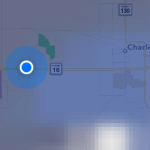
Coverage maps Coverage? Map snapshot, showing high level view of anticipated service at each location.
- Signal strength db reading, on devices that support it using Field Test mode.
- Signal bars/dots present & service type - HSPA, LTE (and specifically which band, when possible), 3G, 1XRT, Edge, etc.
- DL = Download speed.
- UL = Upload speed.
- Ping time.
- SNR or Quality - Signal to Noise Ratio, if reported by device.
- Calculated scores.
For speed and ping readings, we are using the Ookla Speedtest app. We take the readings directly on device - on our smartphones & tablets. When testing mobile hotspots we test on one of our iPads while connected via WiFi to the hotspot.
Each testing location will take about 8-12 hours to complete and will burn through a good chunk of data. It was a very time intensive process to collect the raw data displayed below.
All of the individual field testing results and observations shared below are for our members. Not only will the results show the performance of each booster/antenna, but also what to expect in different types of signal situations.
Testing Disclaimer:
Our goal in our cellular and Wi-Fi gear testing isn’t to attempt to create perfectly “fair” lab conditions, which are impossible in the real world. Instead, we try to strike a balance between real-world scenarios and the need to be able to test multiple setups head-to-head while being able to rapidly switch between them.
By testing in a range of locations and situations patterns tend to emerge - and we always try to sanity-check our conclusions by mixing things up to make sure that the overall results make sense and are representative.
Testing Status: On March 1, 2017 we wrapped up our final testing location and have now integrated our experiences into our product guides in the Cellular Booster Review Center (general overview & ratings available to all, our in-depth reviews are member exclusive).
Members also have access to our fielding testing results and general findings below, including a video comparing all of the configurations we tested in this round.
We also released a brand new extensive guide and video for members:
If you're a member, please log in above to see your exclusive content.
Don't need a membership? Other ways you can support our work here:
-
As seen in our videos!
-
Get a FREE Month of Starlink!
And our team will get one too!
-
Get a FREE Month of T-Mobile Unlimited Data
Join the Calyx Institute, and get a bonus month - and we do too!
-
Save $20 on Visible
Verizon's prepaid phone plan, we also get a $20 credit.
-
Leave a Tip!
Send our team some beer money!!
-
Share About Us!
Link to our content, tell others about MIRC. It's Free!
It is with huge gratitude to our members for making the free unbiased educational content on our site possible. We're not sponsored, you'll find no 3rd party ads and we don't sell gear or data plans.
Our members get exclusive access to our in-depth content, classrooms, vendor discounts (that can save you more than membership!), alerts, insider info and interactive guidance. They can even book private advising sessions.
If mobile internet is an important part of your lifestyle, consider helping make MIRC possible by joining or supporting our mission.
Explore the Resource Center
Have Questions?
Join our 'Library Desk':
Internet for RVers & Cruisers Facebook Group
We cross post news articles and guides, and can help point you in the right direction to our content here on the resource center.
It is with gratitude to our premium members that we're able to offer our free content - and for that, they also have access to our member Q&A areas for more in-depth guidance.
Become a Member
 The MIA is our premium membership - designed for those who consider mobile internet an important part of their lifestyle.
The MIA is our premium membership - designed for those who consider mobile internet an important part of their lifestyle.
In thanks for making content like this possible, we offer a bunch of additional perks. From interactive guidance, in-depth member exclusive content, discounts, alerts, classroom and ability to book private advising sessions.
Stay In the Know
We're constantly tracking the industry and analyzing new developments for mobile travelers. If you'd like to receive updates, we offer several ways:
- Subscribe to our free monthly newsletter
- Subscribe to our News Stories RSS Feed
- Subscribe to our YouTube Channel
- Follow our Facebook Page
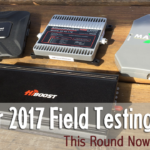
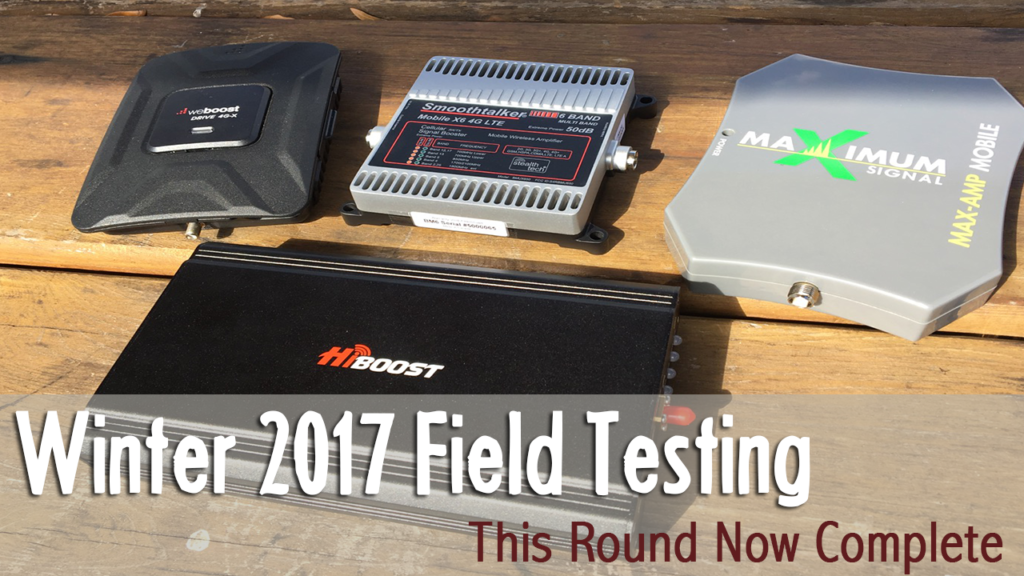
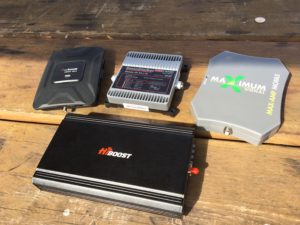
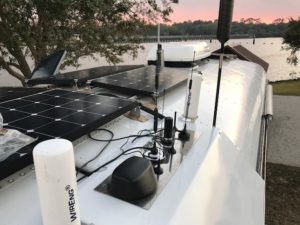
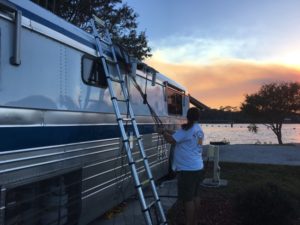
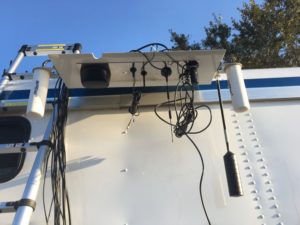
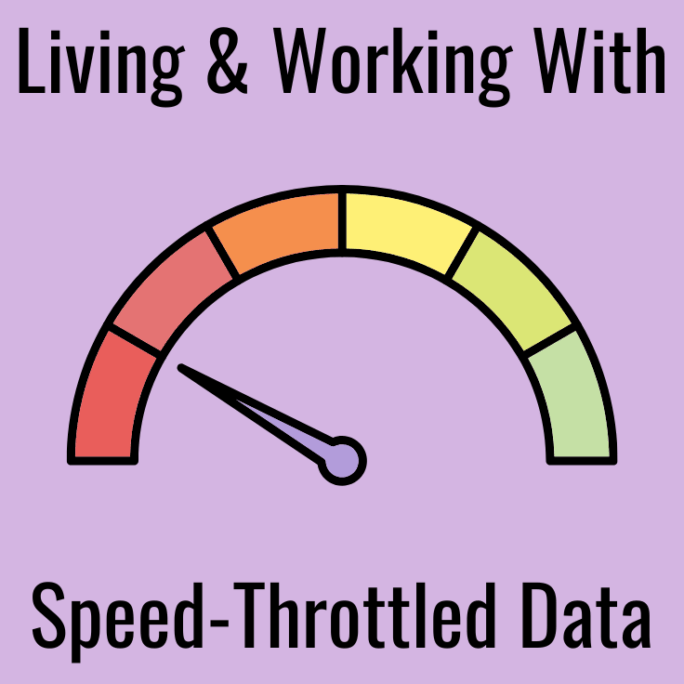
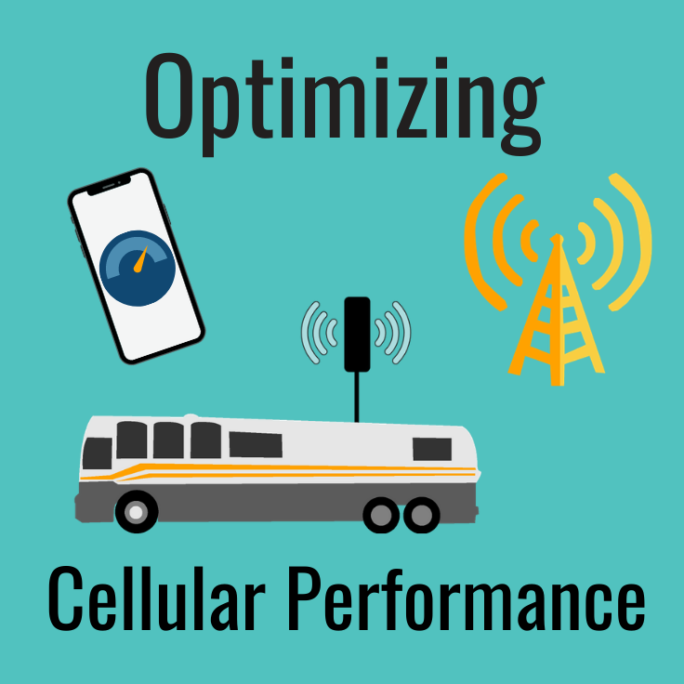
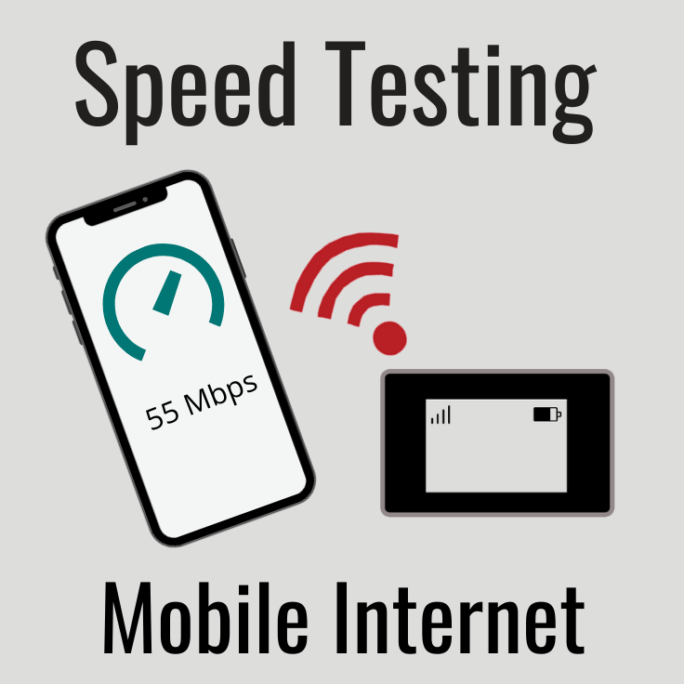
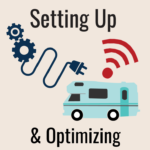
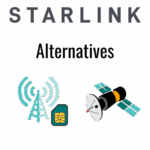
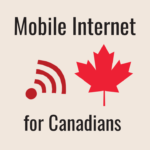



 Mobile Internet Resource Center (dba Two Steps Beyond LLC) is founded by Chris & Cherie of
Mobile Internet Resource Center (dba Two Steps Beyond LLC) is founded by Chris & Cherie of